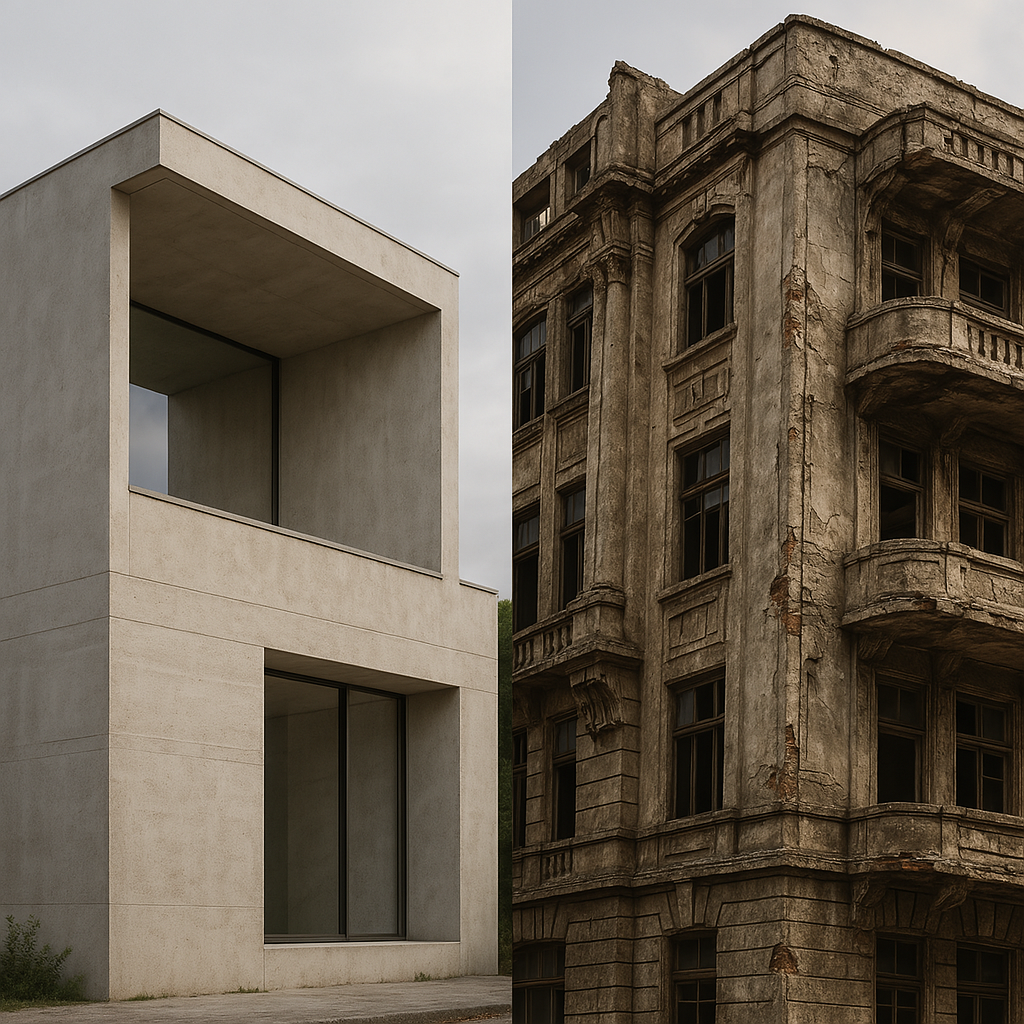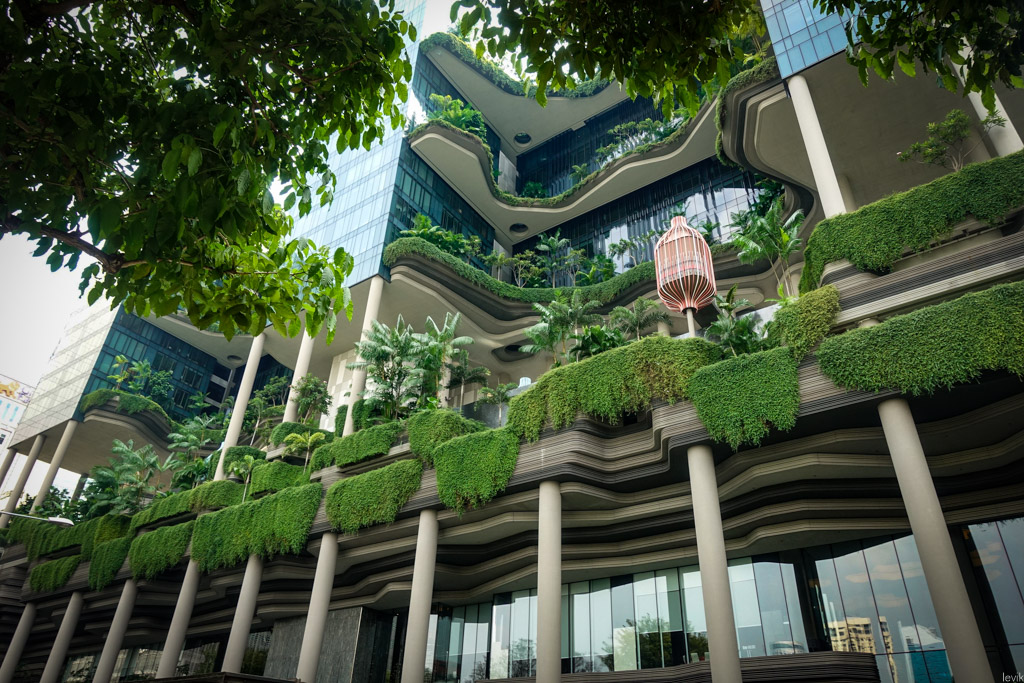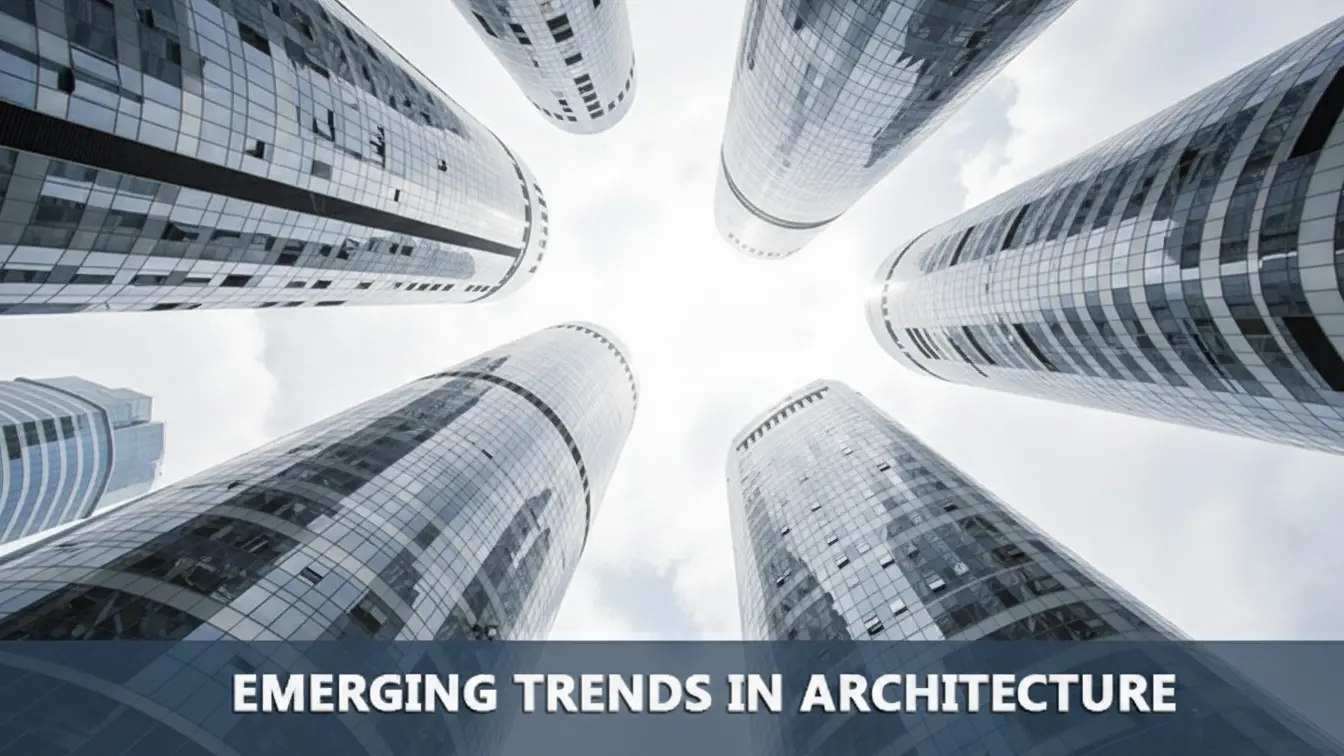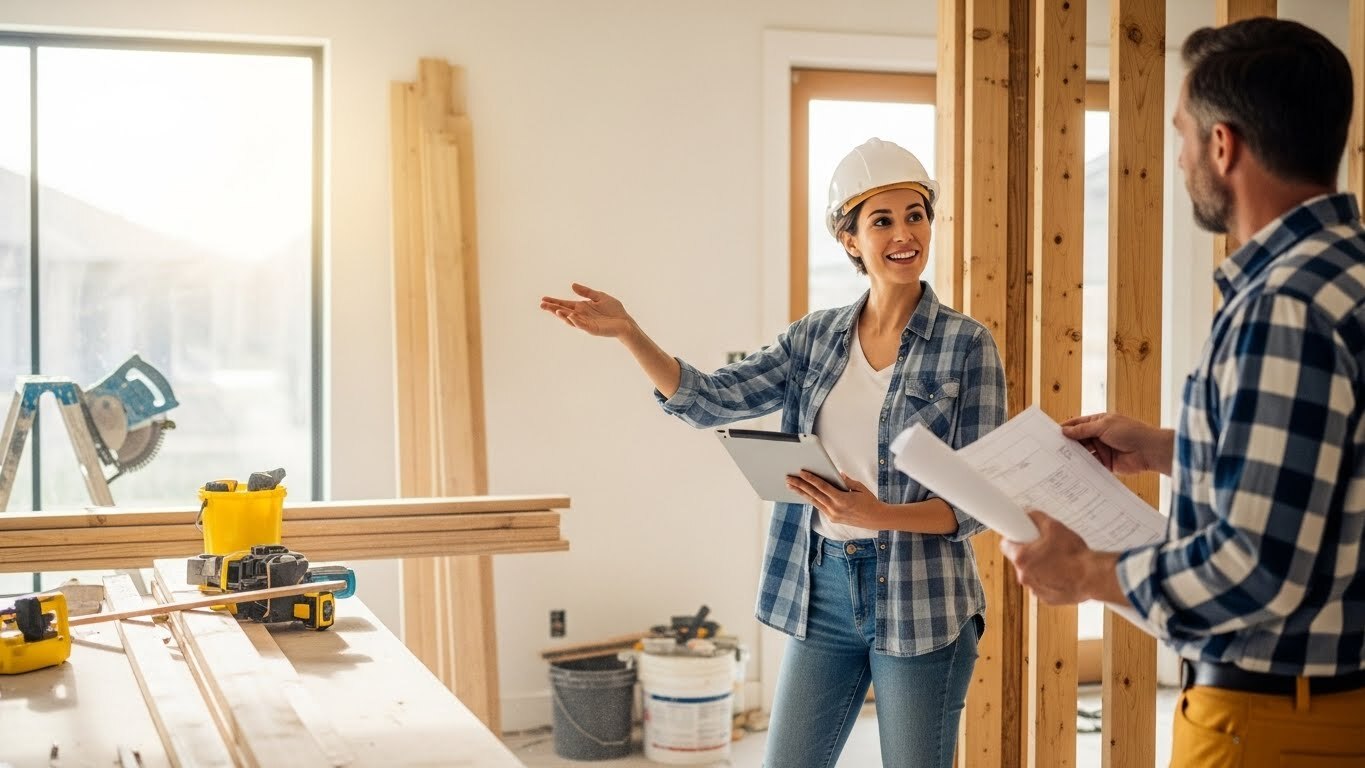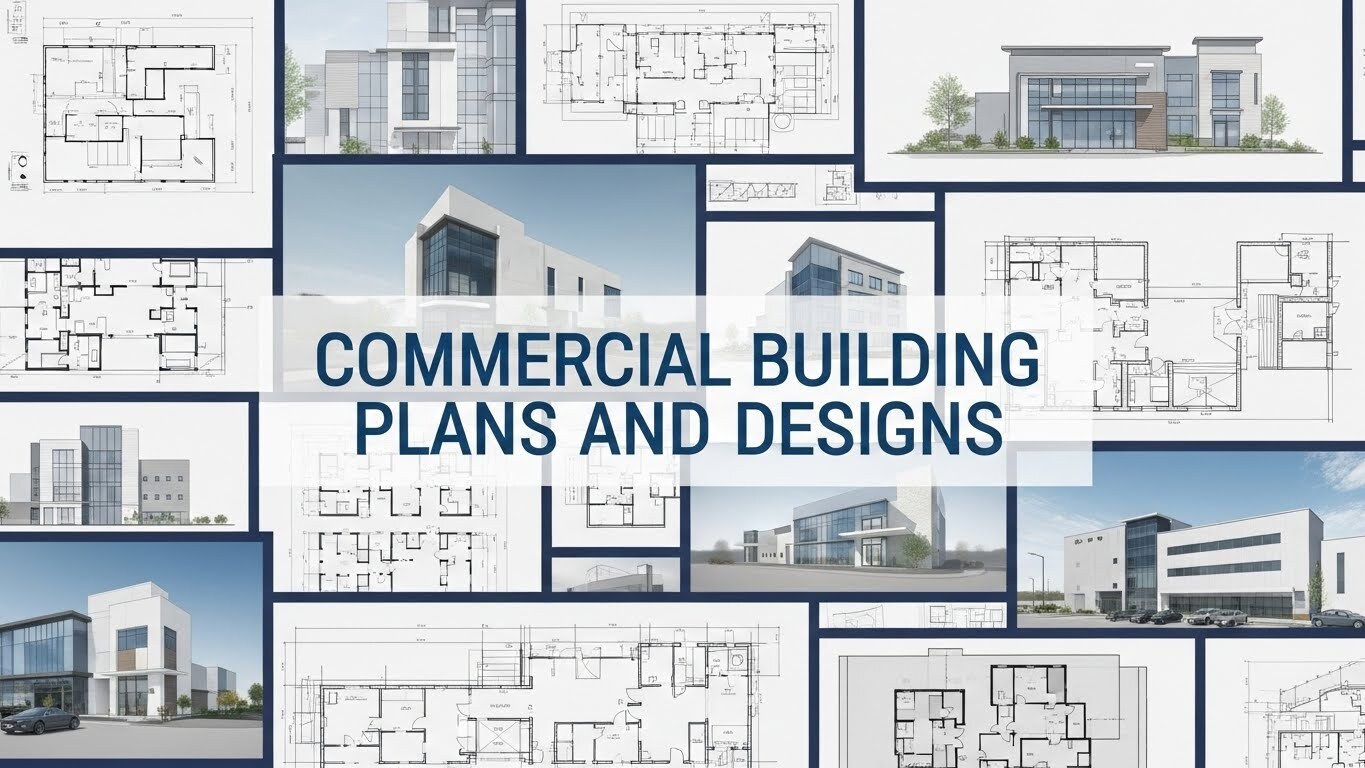Architecture exists in time. Every decision made today must endure not only through the seasons but for decades, adapting to the evolving needs of the people who live and work within it. At VQ Design PLLC, we believe that true sustainability extends beyond energy efficiency and material sourcing. It encompasses designing buildings that can withstand the test of time, require minimal maintenance, and remain relevant for generations to come. This philosophy is rooted in Performance Engineering Architecture (PEA)—designing not just for performance today, but for resilience tomorrow. The long now is at the core of our approach, ensuring that every project contributes to a legacy that transcends its immediate context.
The Long Now: Designing for Generations
The concept of “The Long Now” encourages a way of thinking that values long-term sustainability. It’s about designing projects that are not built to impress in the short term but to endure with architectural integrity over time. Buildings, much like landscapes, should mature and evolve, not decay. They should require less effort to maintain, adapt gracefully to future needs, and offer aesthetic clarity that transcends passing trends.
In PEA, this idea is foundational. We don’t just ask, “What are we building?” We ask, “What legacy will it leave?” Our goal is to create architecture that stands the test of time, providing lasting beauty and performance without the need for constant updates or repairs. This approach emphasizes sustainable architecture, ensuring buildings continue to function optimally throughout their lifecycle.
Durability as Sustainability
Many so-called sustainable buildings fail not because they are inefficient, but because they require high levels of maintenance, suffer from premature material fatigue, or have inflexible layouts that don’t support changing uses. In contrast, durable architecture reduces the need for frequent repairs or replacements, ultimately lowering resource use over its entire lifetime—not just during construction.
Material selection is key to this approach. At VQ Design, we choose finishes and structural systems that wear in, not out. Materials such as standing seam metal roofs, fiber-cement cladding, natural woods, and treated steel offer long service lives and dignified aging. These materials not only endure but improve with time, developing a patina that adds character and depth to the building.
Assembly simplicity is another principle we follow. We reduce detailing that could invite water intrusion or cause maintenance issues. By simplifying the design, we reduce the potential for future damage and repairs. When less is used, less breaks, allowing the building to remain functional longer with minimal intervention.
Finally, we emphasize passive systems that reduce a building’s dependency on mechanical systems. Through thoughtful solar orientation, thermal mass, and cross-ventilation, we design buildings that are energy-efficient and require less energy input over time. This approach reduces the need for expensive replacements and keeps energy costs down.
Timelessness Over Trend
Aesthetically, The Long Now favors restraint. Buildings that are over-designed often impress at first glance but can feel outdated after a decade. They may require costly interventions to stay relevant or functional as time passes. On the other hand, minimalist architecture, when tied to performance rather than fashion, has the power to endure.
The quality of light, the feel of materials, and the clarity of structure are what make these buildings timeless. Think of modernist architecture principles such as Mies van der Rohe’s Farnsworth House or the enduring appeal of ancient temples—simple forms that continue to inspire because they resonate with the architectural integrity of their design.
At VQ Design, we avoid novelty for novelty’s sake. We choose forms and materials that can absorb the future without becoming obsolete. We focus on building architecture design that is sustainable and adaptable to the needs of tomorrow, not just today.
Future Adaptability: Designing for Change
Buildings that cannot evolve are destined for early demolition, which is wasteful in every sense. Designing for change is a core principle of PEA, and we ensure that each building we design can adapt to future needs without requiring significant demolition or retrofitting.
For example, framing systems that allow for interior reconfiguration can accommodate future changes in use. Mechanical systems that are designed with flexibility in mind can be upgraded without major disruption to the building’s structure. Structural clarity supports new uses without the need for complete re-engineering.
These strategies extend the functional life of a building and reduce the need for expensive, disruptive retrofits in the future. Adaptability is a form of architectural empathy—it recognizes that the needs of a building’s inhabitants will change, and it plans for these changes in advance.
Architecture That Ages with Grace
“The Long Now” isn’t just a design style—it’s a mindset. It asks us to slow down and consider how a building will age, how it will evolve, and how it will serve those who use it long after we have moved on. The best architecture projects are those that can be handed down, not torn down.
At VQ Design, we approach each project with clarity, craftsmanship, and a long-term vision. Performance Engineering Architecture helps us meet the challenges of designing for durability and adaptability. Because great design isn’t just about solving today’s problems—it’s about respecting tomorrow’s needs.
By focusing on sustainable home design and architectural integrity, we create buildings that not only stand the test of time but also provide a foundation for future generations to build upon. Durability, adaptability, and minimalism are key to creating architecture that lasts—and at VQ Design, we are committed to making that vision a reality.
